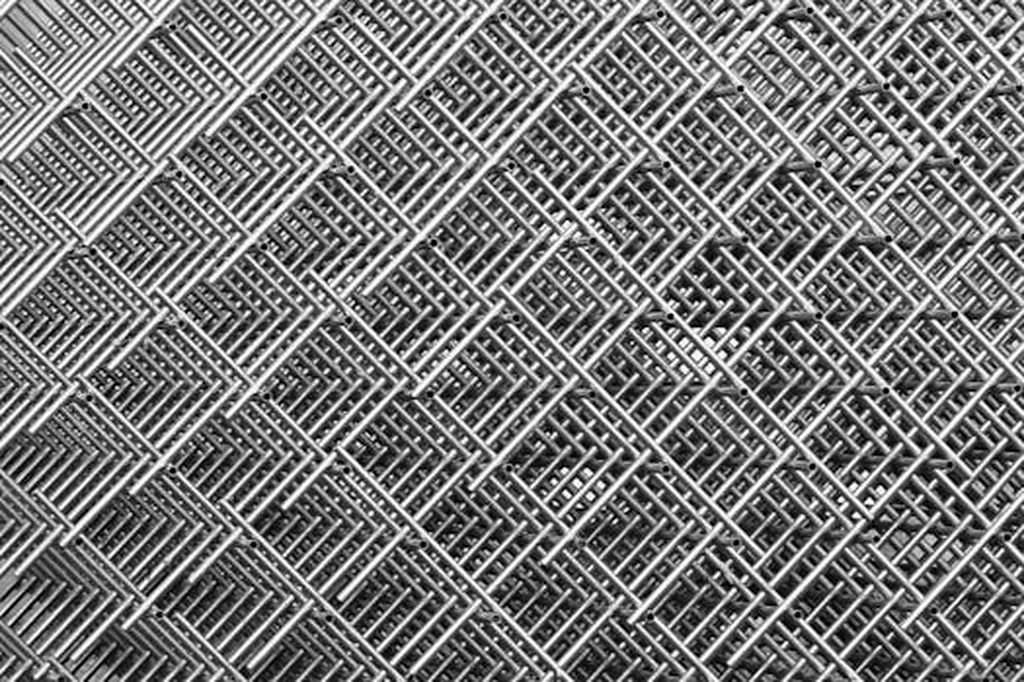In the ever-evolving landscape of precision agriculture, the ability to accurately delineate agricultural parcels from remote sensing imagery is a game-changer. A recent study published in *Remote Sensing* introduces a novel framework that promises to revolutionize this process, offering significant commercial impacts for the agriculture sector. The research, led by Yanjun Wu from the Science Island Branch of the University of Science and Technology of China, presents the Interactive Dual-Branch Transformer (IDBT), a cutting-edge approach designed to enhance boundary localization in agricultural parcels.
The challenge of accurately segmenting agricultural parcels from remote sensing imagery has long plagued the industry. Traditional methods often struggle to integrate high-level semantic information with fine-grained boundary details, resulting in incomplete or blurred parcel outlines. This is where the IDBT framework steps in, offering a sophisticated solution that addresses these limitations head-on.
The IDBT framework incorporates three key innovations: a dual-branch architecture that enables bidirectional interactive information flow between semantic segmentation and boundary detection branches, attention-enhanced Transformer backbones that facilitate optimized multi-scale feature fusion, and a tailored supervision strategy that combines boundary-aware losses with point-wise refinement to sharpen ambiguous parcel edges.
“Our approach not only improves the accuracy of parcel delineation but also ensures that the boundaries are precise and well-defined,” explains Yanjun Wu, the lead author of the study. “This level of precision is crucial for effective land management and precision agriculture.”
The implications of this research for the agriculture sector are profound. Accurate parcel delineation is essential for various applications, including crop monitoring, yield estimation, and land use planning. By providing a more precise and reliable method for delineating agricultural parcels, the IDBT framework can significantly enhance the efficiency and effectiveness of these processes.
Moreover, the robust transferability of the IDBT framework in cross-area experiments suggests that it can be applied in diverse agricultural settings, making it a versatile tool for farmers and land managers worldwide. “The ability to transfer our model across different areas without losing accuracy is a significant advantage,” notes Wu. “This means that our approach can be readily adopted in various agricultural contexts, providing consistent and reliable results.”
The commercial impacts of this research are equally noteworthy. Precision agriculture is a rapidly growing sector, driven by the need for sustainable and efficient farming practices. The IDBT framework can play a pivotal role in this sector by providing the accurate and detailed parcel delineation necessary for precision farming techniques. This can lead to improved crop yields, optimized resource use, and enhanced land management practices, ultimately benefiting both farmers and the environment.
As the agriculture sector continues to embrace technology and innovation, the IDBT framework offers a promising solution to one of its longstanding challenges. By enhancing the accuracy and precision of agricultural parcel delineation, this research paves the way for more effective land management and sustainable farming practices. The code for the IDBT framework will be made publicly available, further facilitating its adoption and application in the field.
In the words of Yanjun Wu, “We hope that our research will inspire further advancements in the field of precision agriculture and contribute to the development of more sustainable and efficient farming practices.” With its innovative approach and significant commercial impacts, the IDBT framework is poised to shape the future of agricultural technology.

